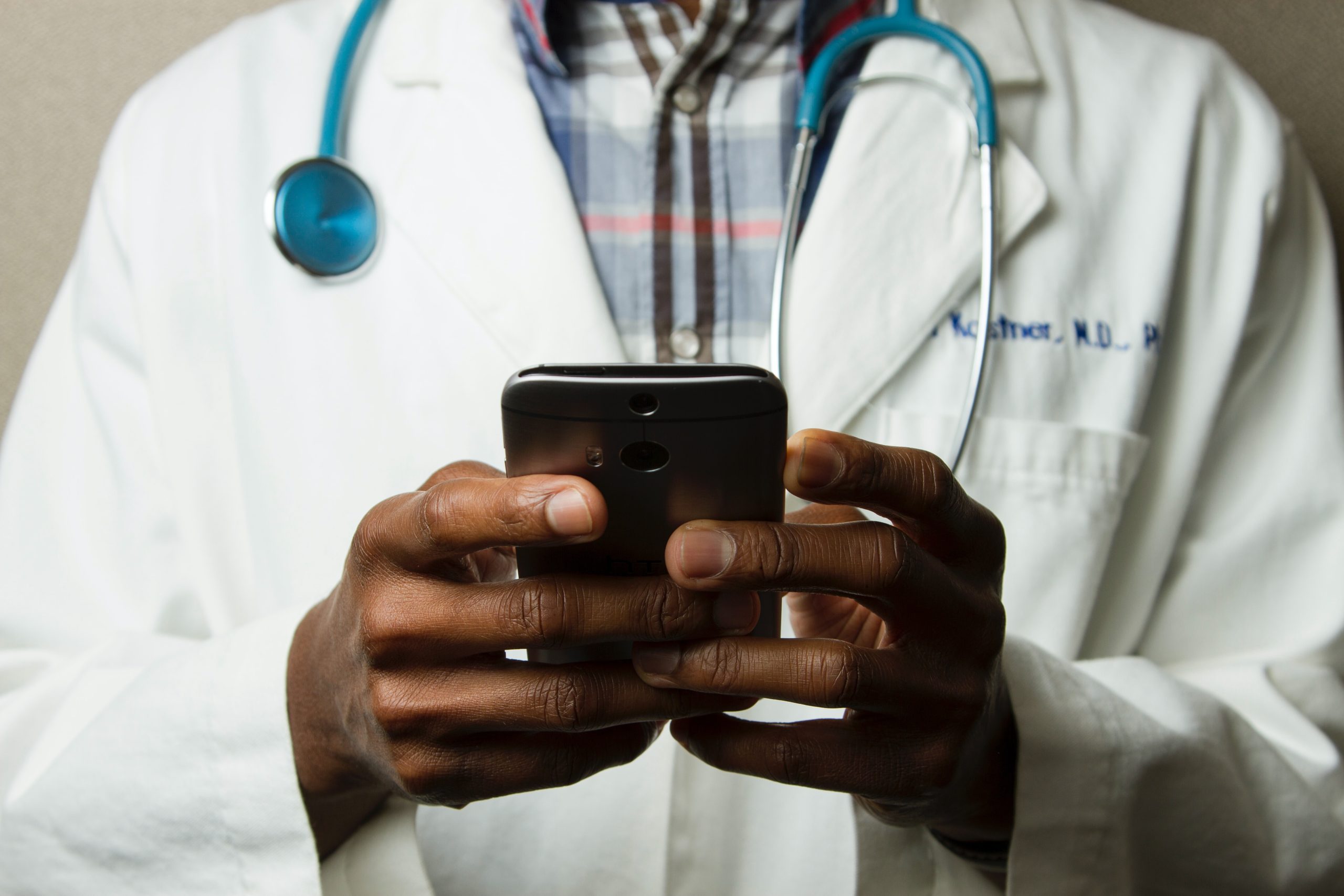The next wave of metabolic medicines in development includes oral GLP-1 drugs that work comparably to currently available injectable medicines, and Eli Lilly is taking the lead with Phase 3 results showing its once-daily pill reduced both blood sugar and body weight in patients with type 2 diabetes.
Based on the preliminary data for the drug, orforglipron, Lilly said it plans to seek regulatory approvals in weight management by the end of this year followed by regulatory submissions for the drug in type 2 diabetes in 2026.
Lilly is evaluating orforglipron in a program spanning seven Phase 3 studies in type 2 diabetes and obesity. The results reported Thursday are the first from this broad Phase 3 program. The study tested the drug as a monotherapy in patients with type 2 diabetes. The 559 study participants had not taken any anti-diabetic medications for at least 90 days prior to their first visit and also had not previously received insulin therapy.
The main trial goal is showing the change in levels of hemoglobin A1C, a measure of blood sugar. Lilly said orfoglipron met this goal, with results at 40 weeks showing an average A1C reduction of 1.3% for the low dose, 1.6% for the middle dose, and 1.5% for the high dose. The reduction in A1C for the placebo group was 0.1%. Lilly noted that more than 65% of patients who received the highest dose of orforglipron achieved A1C levels less than or equal to 6.5%, which is below the American Diabetes Association’s threshold for defining diabetes.
On the key secondary goal of measuring weight, the greatest weight loss was observed in the high dose group, which posted an average 7.9% reduction in body weight (about 7.3 kg or 16 pounds) compared to 1.6% (1.3 kg or 2.9 pounds) in the placebo arm. This weight loss did not plateau at the end of the trial, which Lilly said indicates that patients could lose more with continued use of the drug.
Like other GLP-1 drugs, the most common adverse effects were gastrointestinal. Lilly said these problems were classified as mild to moderate in severity. The highest discontinuation rate was 8%, which was reported in the highest dose group. Lilly also said no liver safety signals were observed. That’s notable because Pfizer earlier this week discontinued development of its oral GLP-1 pill, danuglipron, after a patient developed a potential drug-induced liver injury.
Lilly said more detailed trial results will be presented during the American Diabetes Association’s scientific sessions meeting in June. The company expects additional orforglipron trial readouts later this year.
“As a convenient once-daily pill, orforglipron may provide a new option and, if approved, could be readily manufactured and launched at scale for use by people around the world,” Lilly CEO David Ricks said in a prepared statement.
Currently available GLP-1 drugs are engineered peptides that must be administered as injections. Novo Nordisk already sells an oral GLP-1 type 2 diabetes drug, Rybelsus. This pill contains semaglutide, the same peptide that’s the main ingredient in its diabetes drug Ozempic. Rybelsus is made with technology that makes stomach absorption of the peptide possible. For this technology to work, the drug must be taken on an empty stomach.
Orforglipron is a small molecule that does not come with food and beverage restrictions. Small molecules are also less expensive to produce and don’t require refrigeration, which gives them a manufacturing and supply chain advantage over engineered peptides. The cost and complexity of manufacturing GLP-1 peptide drugs for diabetes and obesity contributed to manufacturing shortages that have only recently resolved.
Clinical trial comparisons of orforglipron to semaglutide come with all of the caveats associated with looking across studies. In a note sent to investors, Leerink Partners analyst David Risinger said neither of the Novo Nordisk drug’s diabetes studies is a perfect comparator because the baseline measures of A1C were different and patients in these trials also continued taking metformin, a standard diabetes drug. Nevertheless, he said the Lilly drug’s results match up favorably against semaglutide.
William Blair analyst Andy Hsieh said in a research note that in light of Pfizer’s discontinuation of its drug due to liver toxicity, signs of this complication have become more important to watch for in clinical trials. While William Blair awaits more detailed data, the firm takes comfort from the lack of any liver toxicity signs, which also validates drug candidates with molecular structures similar to that of orforglipron. That group includes drugs in development by Structure Therapeutics and AstraZeneca.
Hsieh also said investors might be enthusiastic about the numerical advantage in weight loss that Lilly’s oral drug shows over injectable Ozempic. But he added that injectables will still have a place, and the market opportunity could vary by country.
“Longer term, it is our view that driven by the relatively higher potency of peptide-based subcutaneously delivered drugs, in higher-income countries, these modalities will likely continue to dominate and command the majority of market share,” Hsieh said. “However, for middle- or lower-income countries, where access to healthcare could present as a barrier, an oral option that does not require refrigeration could emerge as the most optimal solution.”
Source: Alan Thornton, Getty Images




















